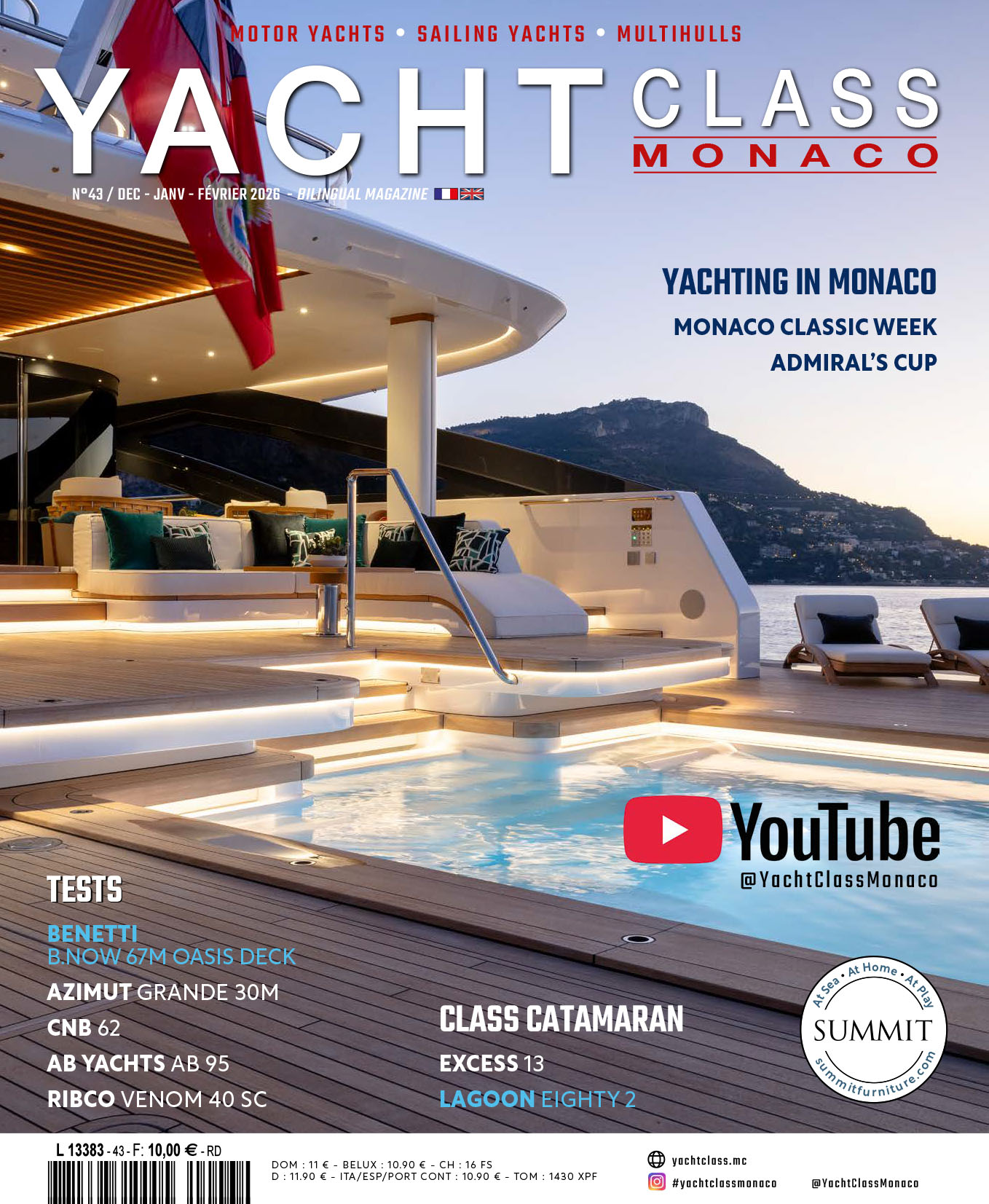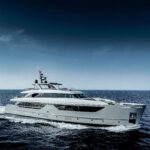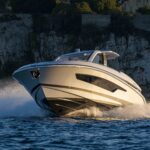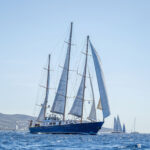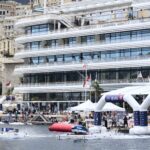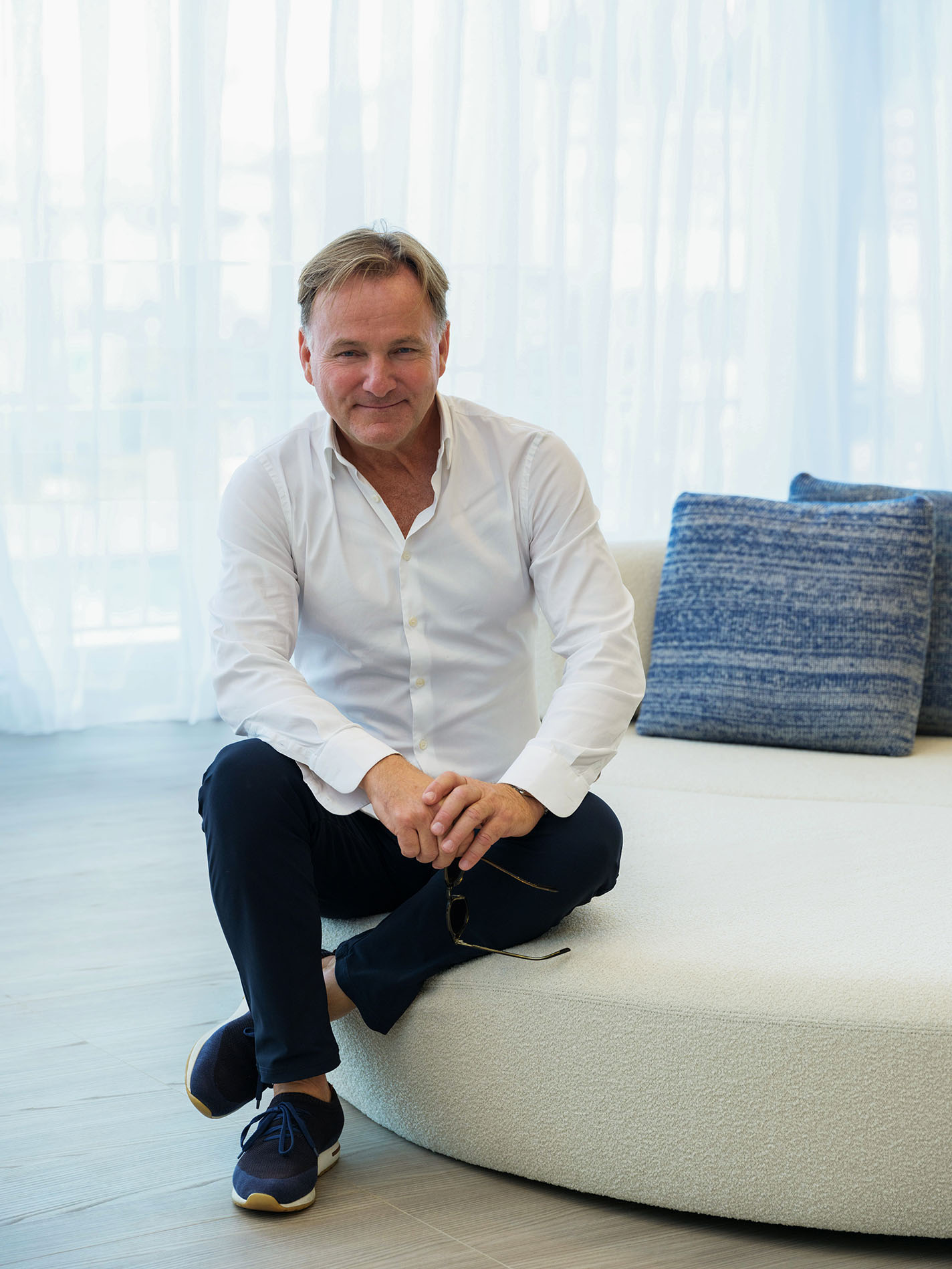YACHT CLASS n°38 (sept-oct-nov 2024)
interview
The Cluster Yachting Monaco is celebrating its 10th anniversary. Its Vice-President, Espen Oeino, decodes to Yacht Class this decade of success and the challenges facing the future of yachting.
Texte : Christophe Varène – Photos : Michael Alesi / Palais Princier, Mesi /YCM, Birdeyecam, DR.
Espen Oeino has been sailing since his childhood in Norway. His vocation was revealed at an early age: he would become a naval architect. With 30 years’ experience, over 50 superyachts to his name and a company that is a key player in the yachting world, the words of the Vice-President of the Cluster Yachting Monaco (until the end of the year) carry weight. But he remains clear-sighted about his profession, and aware of the challenges that need to be met to ensure that yachting goes hand in hand with sustainability.
The Cluster Yachting Monaco is celebrating its 10th anniversary. Can you tell us how it came about?
It was the initiative of Bernard d’Alessandri, Secretary General of the Yacht Club de Monaco, and a group of yachting professionals. The idea was to promote Monaco in the world of yachting, and vice versa, yachting in Monaco. The yachting industry in the Principality employs around 1,500 people. Nearly 90 companies are part of the cluster, which facilitates exchanges between them. All sectors of activity are represented.
What is the role of the Cluster Yachting Monaco?
Firstly, to organise ourselves and speak with a united voice to the Monegasque authorities. Meetings are held every two months or so. We also have working groups that meet more often. We’re making Monaco a destination where customers can access the services they need: lawyers, banks, insurance, building sites, etc.
Do we still need to promote Monaco in the yachting world?
Of course we do. The season does not last all year round, but it could. In winter, the port is often virtually empty. This winter, it was quite surprising.
The cluster is working for greener yachting. As a highly reputed architect, is it easier to instil the idea of innovation in sustainable development into shipyards?
Yes. Today it’s on everyone’s radar. Little by little, the mentality has changed. 3 or 4 years ago, only journalists talked about sustainable development. Our working groups are working on very specific themes, such as the shape of the hulls or air conditioning, which we know accounts for 50% of energy consumption at standstill. I would also say that three out of four customers feel concerned. We also have a charter. When we meet a customer, we tell them everything we can do to reduce the footprint of our ships. I also remind them of the share of yachting, according to the statistics. Shipping accounts for around 3% of global CO2 emissions. Yachting is a very small percentage of that. In total, it’s very little.
How do you see the yachting of tomorrow?
I think it will be less ostentatious, simpler. A superyacht is not a commercial vessel that transports goods or people. It’s there for the pleasure of a few. But you don’t need luxury to have a good time on the water. Perhaps yachting has gone too far. We do quite a few small boats, and it’s amazing to see the difference. Journalists really test the boats, all the practical details. With big yachts, we never talk about the sea or performance.
